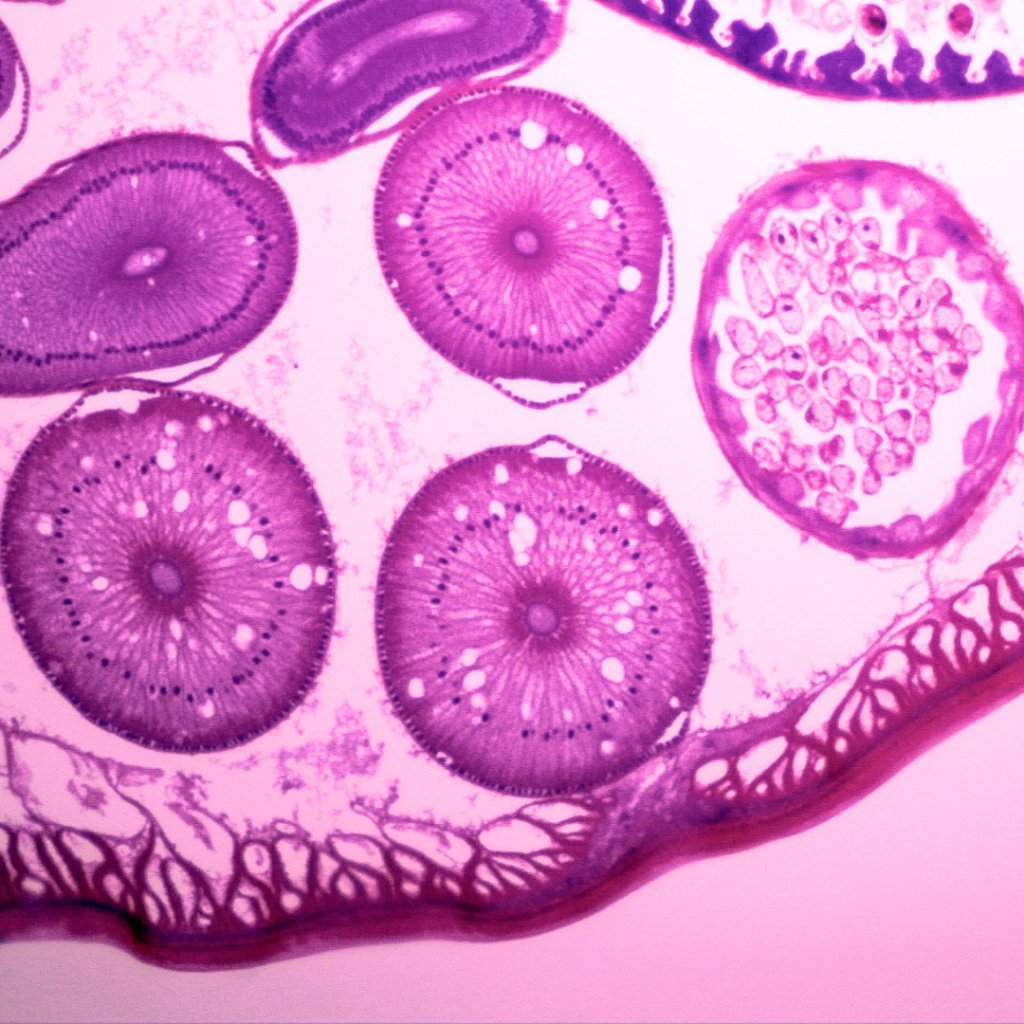PhotoSounds OEM Line of products is an ideal starting point for the development of custom systems where the parallel acquisition of multiple channels is required. All our ADCs are streaming and allow the continuous acquisition of data straight to the receiving computer for processing or storage.
PhotoSound’s ADCs are feature-rich, they have multiple electronic and optical trigger inputs as well as programmable outputs that allow the timing control of additional devices. It is possible to combine multiple ADCs in parallel. Simultaneous acquisition of 4096 channels has been realized routinely.
What is Therapeutic Monitoring?
Noninvasive imaging plays a critical role in the development of novel drugs by enabling safe, real-time evaluation of the systemic effects of therapeutic intervention in preclinical disease models.

PhotoSound Product Used
Evaluation of ultrasound sensors for transcranial photoacoustic sensing and imaging
Automatic force-controlled 3D photoacoustic system for human peripheral vascular imaging
Real-time, volumetric imaging of radiation dose delivery deep into the liver during cancer treatment

